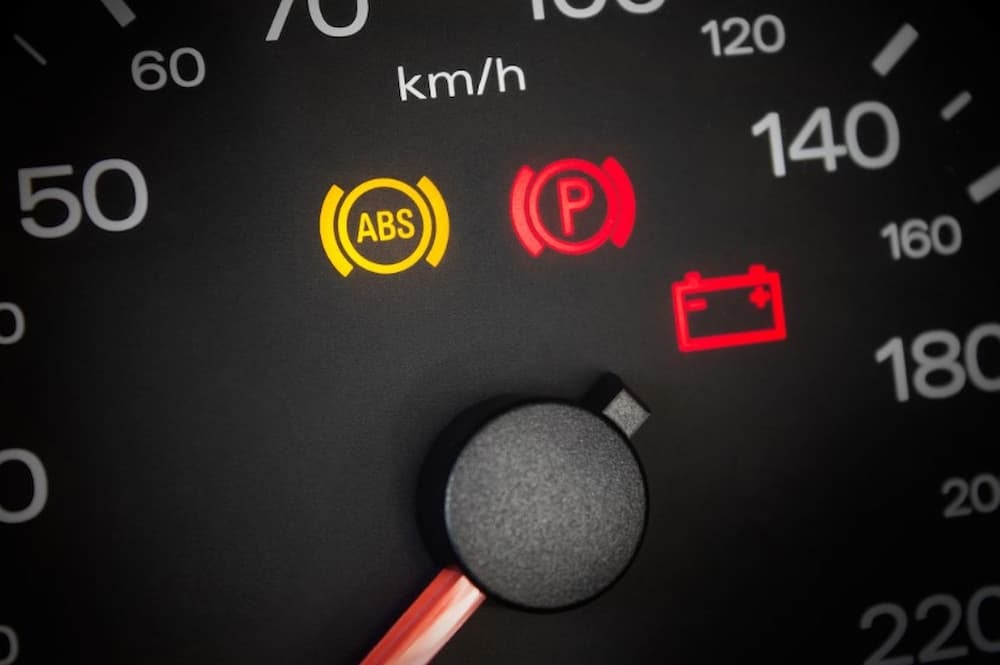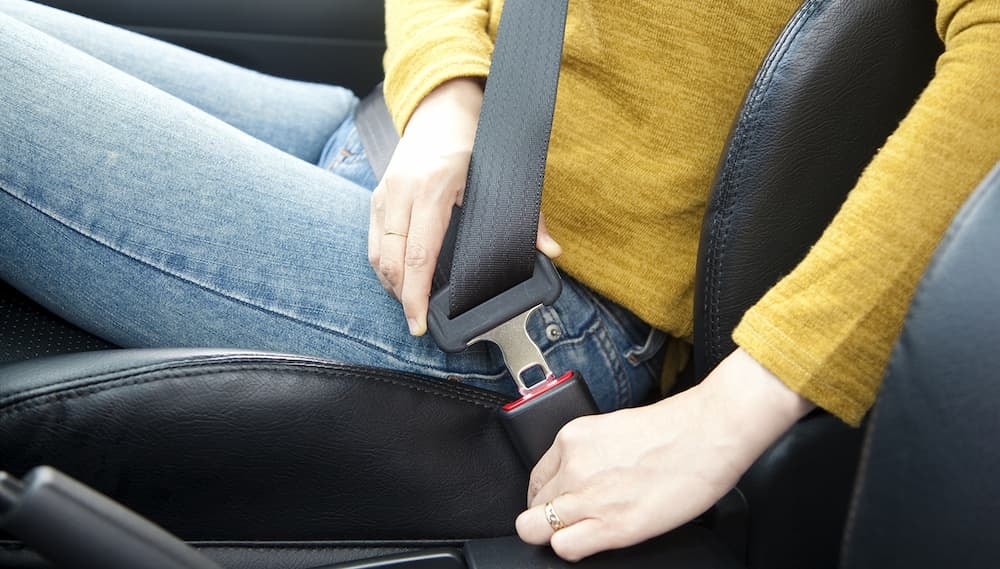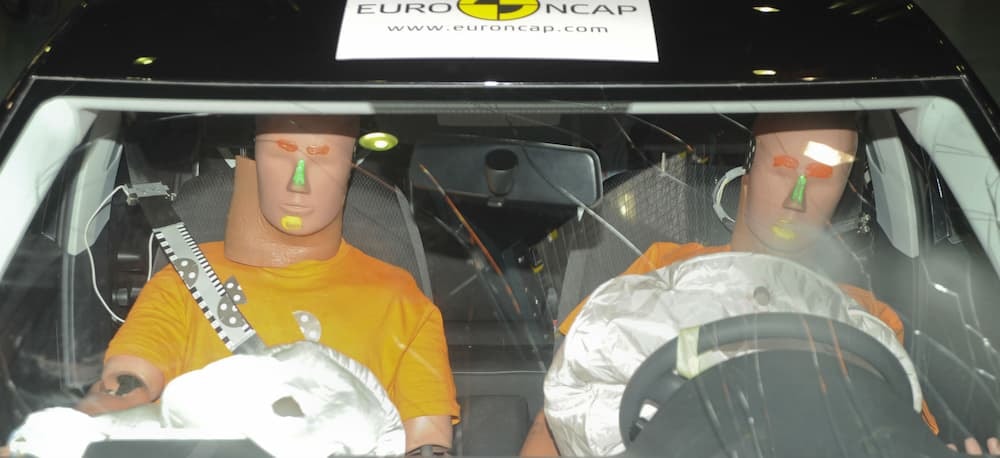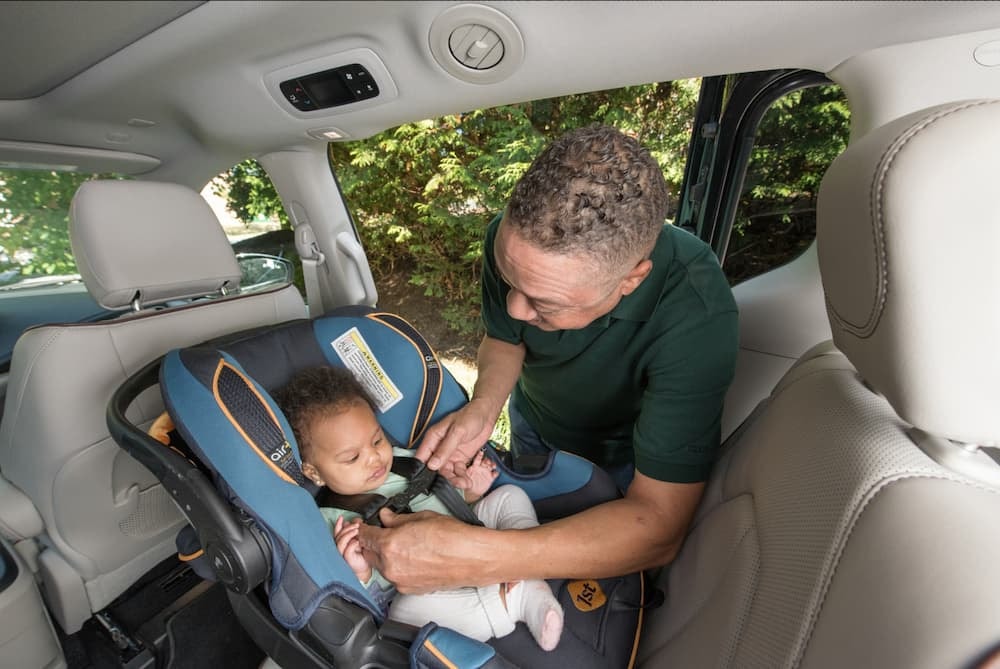Car safety is a topic that is certainly of interest to every driver. Modern cars are designed to maximise the protection of vehicle occupants - not only by preventing road accidents, but also by minimising the consequences of a collision. In this context, we are talking about two basic types of safety features: active safety and passive safety. Both approaches are of great importance and together contribute to reducing the consequences of traffic incidents and protecting the driver and passengers.
What is active security?
Active safety refers to all systems and technologies that help to prevention of accidents. Their aim is to maintain control of the vehicle and avoid dangerous situations in real time.

Examples of active systems include:
- ABS (anti-lock braking system) - prevents the wheels from locking during braking.
- EBD (electronic brake force distribution).
- ESP (electronic stability programme) - stability system.
- Traction control systems (ASR) - prevent wheel slippage.
- Active cruise control - maintains a safe distance from the vehicle in front.
- Traffic sign and lane recognition systems.
All of these elements are designed to help the driver maintaining road safety, often intervening automatically in critical situations.
What is passive security?
Passive safety focuses on reducing the consequences of a collision or accident. Its purpose is to protect passengers in the event of a collision through the design of the vehicle and the internal components.

Among the basic passive safety components belong:
- Seat belts (including three-point belts) - secures the passenger's body, limiting movement during an accident.
- Airbags - protect the head and chest in the event of a collision.
- Air curtains - provide additional lateral protection.
- Car seats - designed for children, adapted to their weight and height.
- Safety cage - rigid vehicle structure to protect passengers.
- Controlled crumple zone - body sections designed to absorb impact energy.
- Bonded glazing - prevent the glass from shattering into sharp fragments.
Passive safety systems do not prevent accidents, but have major to reduce its effects.
Difference between active and passive safety
In a nutshell, active safety works before the accidenthelping to avoid collisions, while passive safety protects passengers in the event of a collision. Both systems are complementary and are integral part of the design of modern cars.
Modern cars and a comprehensive approach to safety
Today's vehicles are equipped with both advanced systems activeas well as passive safety systems. Their interaction makes it possible not only to reduce the number of road accidents, but also to reducing the consequences of the collision.
For example:
- Dashboard in modern cars is designed so that in the event of an impact posed no threat for passengers.
- Car design contains numerous zones crush and reinforced steel profiles.
- Warning systems of an approaching vehicle in dead field warn the driver of a potential hazard.
- Sensors and radars monitor the vehicle's surroundings in real time.

What is the importance of proper vehicle design?
Car design is crucial to the operation of both active and passive safety systems. Car manufacturers design the bodies so that, during a collision impact energy was absorbed as much as possible by the controlled crumple zones, thus protecting the occupants of the vehicle.
Reinforced A and B pillars, appropriately positioned cushions airas well as optimally positioned upholstery elements - all issues that support the passive safety systems.
Safety seats and seat belts
The basic protection measures must not be forgotten, which are seat belts i car seats. Even the most advanced system cannot replace a well buckled belt or correctly mounted seat.
Three-point seat belts in combination with tensioners pyrotechnics are of key importance in moment accident. In turn, child seats should comply with current standards and matched to the age and height of the child.

The future of automotive safety
Contemporary trends show even greater involvement artificial intelligence and systems autonomous in ensuring safety. Cars learn driving style driversanticipate the behaviour of other road users and, if necessary automatically intervene.
The producers' plans include:
- predictive braking systems,
- monitoring the health of the driver,
- fully autonomous vehicles,
- seats that change position before impactto minimise its impact.
Security systems - do they have any drawbacks?
Both active and passive safety is the cornerstone of passenger protection. These systems not only help to prevention of accidentsbut in in the event of an accident protect the life and health of passengers. However, bear in mind that even the best safety systems are not free from defects. Their operation is based on sensors, cameras i algorithmswhich do not always interpret the situation correctly. This can lead to false readingssuch as recognition of a non-existent road sign or misjudgement the traffic situation.
It is often the case that systems intervene unnecessarily - braking sharply, warning of an alleged danger or limiting the room for manoeuvre. In addition, software errors or temporary loss of sensor signal can disrupt the operation of the entire system. In such cases the driver may feel more frustrated than safe.

This is why many car owners are opting for exclusion of certain safety systems, such as sign recognition assistant or speed assistant with ZENBOX PRO - an innovative device that allows you to regain full control of your vehicle and the pleasure of travelling.
See also:
- Start-stop system - operation
- Mandatory passenger car equipment in 2025
- Sign recognition system - how does it work?
- ISA system - how the intelligent speed assistant works
- ADAS - what it is and how it works
- Lane keep assist - how it works
- Driver fatigue detection system - does it really work?
- The most important car safety systems
